As Farm Bills tend to do, H.R. 2, The Agriculture and Nutrition Act of 2018 is substantially larger than its predecessor. There’s at least 15 percent more text in this pre-markup bill than the first version of the House Farm Bill originally unveiled in 2012. (641 pages vs 557). And while the House Committee on Agriculture claims the bill and many of its provisions are “revenue neutral” (i.e. don’t increase or decrease projected spending deficits), we will have to wait for the Congressional Budget Office to confirm these claims. Regardless, by the time the 10-year scoring window of a Farm Bill elapses, in our more than 20-year experience, like looking in your budget side-view mirror, the bills are always more expensive than they first appear.
We know the devil is in the details, so we are going this massive piece of legislation, line by line. But we are concerned that it doesn’t appear from first glance that the committee, other than adding some subsidies, did more than rearrange the costly deck chairs in the commodity programs and didn’t find ways to better target and prioritize conservation spending. On top of that, some of the favored few, like cotton, were taken care of before this bill even hit the streets. This move on cotton will likely resurrect our losing fight with Brazil before the WTO. In general, this bill looks like it is intent on increasing the agricultural sector’s dependency on Washington instead of tackling foreign trade barriers or other obstacles farmers and ranchers face.
So far, one specific item that caught our eye is that the bill replaces reference prices for covered commodities (the price at which payments are triggered) with an “effective reference price” that may increase the government guaranteed price. Basically making ARC and PLC more generous. We’re currently working on what these payments would have been the past five years but won’t have that for a little bit.
We will be regularly updating our analysis of the high(low)lights, which you can find here.

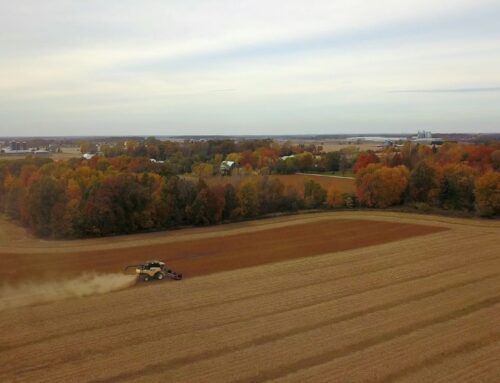
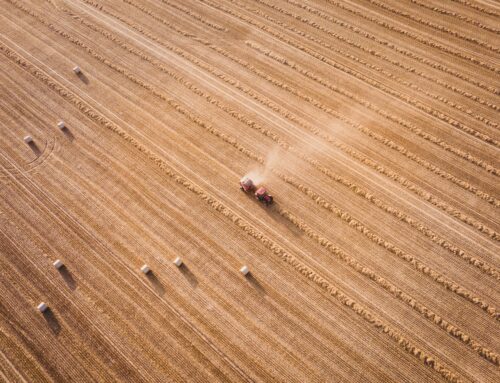

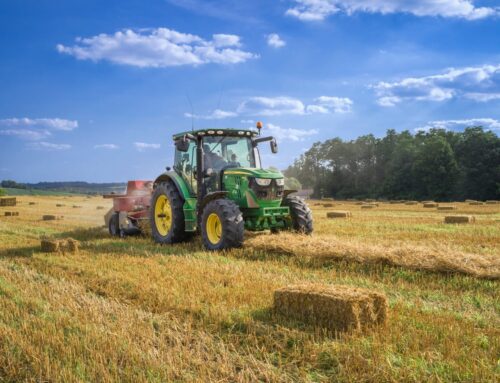

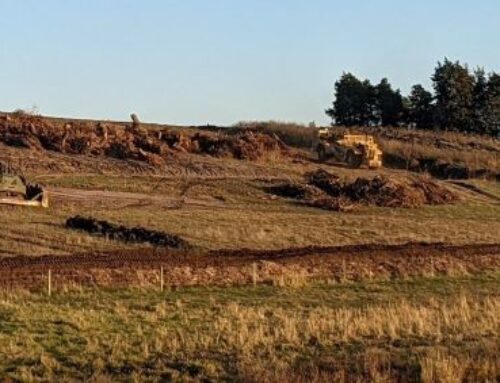

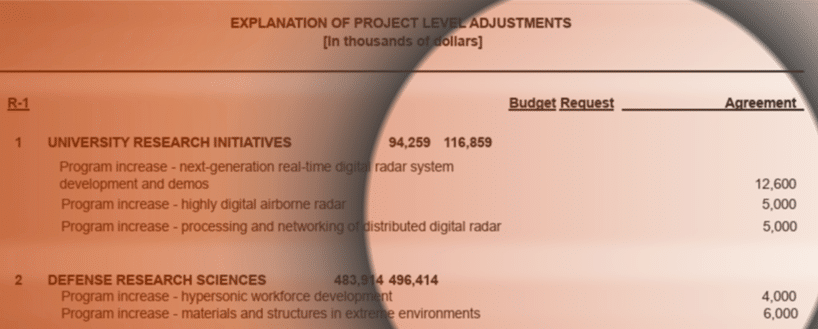


Get Social